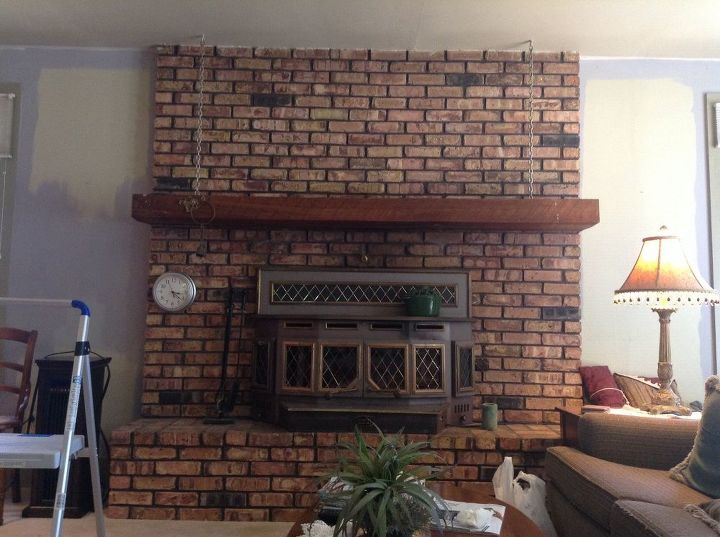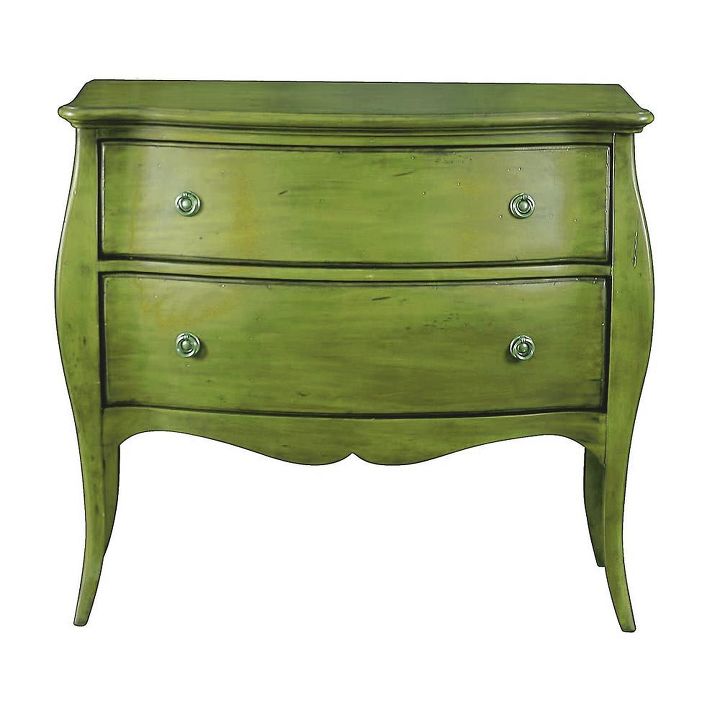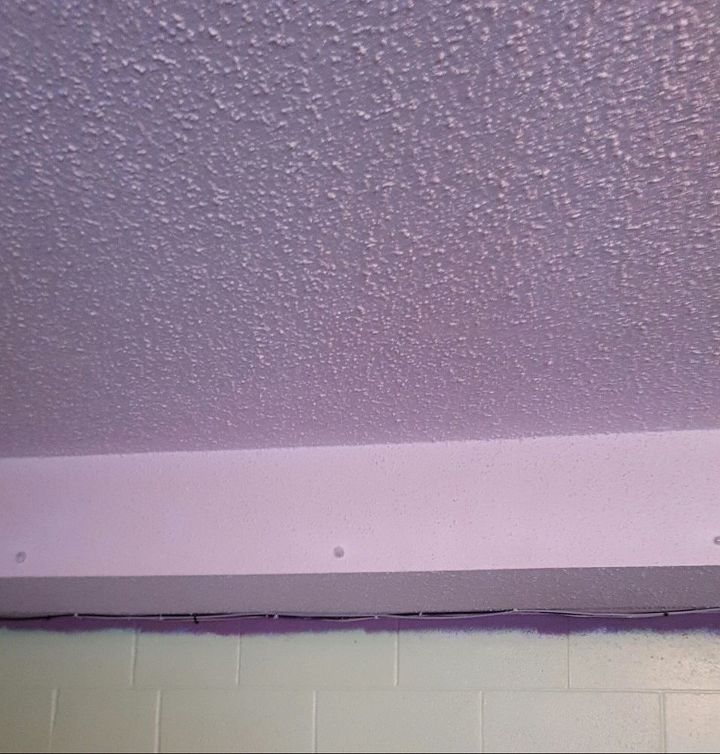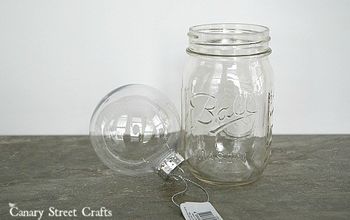How do I cover/block the edges around a table when pouting resin?
Related Discussions
Should I paint or stain my oak kitchen cabinets?
I was wondering if you could help me with something -- I have an entirely oak kitchen. I know it's the rage now to paint or gel stain cabinets. I've been considering ... See more
How to paint a metal front door?
How do I paint my front door? It's metal.
How to paint grout?
How do I paint grout to change the color? The grout is in great shape, but the color - meh.
How to whitewash a brick fireplace?
What is the best method to whitewash bricks surrounding a fireplace?
Am I the only one?
I don't want to sound like a total "hater", but am I the only one who doesn't like distressed furniture? I see so many beautiful pieces of furniture that would look o... See more
Can I paint my popcorn ceiling?
I have been painting my walls and notice that my ceiling looks yellowish. Can I paint this ceiling as well? I'm up for any ideas





You don't! Put the table on a large plastic drop cloth, secure the cards with double sided tape, and pour the resin, starting in the center and working outward in a spiral, keeping the pours just far enough apart that as the resin flows out to seek level, (just like water will) it combines with the spiral in front of it. You have between 30 to 45 min to work before the resin starts to harden, based on ambient temp of the room, and the temp of the resin. warming the resin with a hair dryer will speed up the set time, but it will also loosen the viscosity, making it flow more easily. If the table is small, this would be to your benefit. Let the resin flow until it is monolithic, no dry spaces, and let it drip off the edge onto the plastic on the floor. The next day, after the resin has cured and it really hard, not just "set", Turn the table over on a padded (cloth covered to prevent scratching the resin) surface, and using a rasp, remove the resin "dots" that remain from the resin dripping until it started to set. Be careful not to go to fast or you will gouge the underside of the table. Finish this with a sander at about 80 to 100 grit. Any finer and the resin will clog the grit too quickly. If you're not satisfied with the density after one pour, repeat the process until you are.
Putting a stop around the edge to contain the resin is full of problems. You'd have to cut pieces of lattice to size, wrap them in wax paper, or the resin will bond to them, tack them in place and next day remove them and decide how you're going to finish the edge of the resin, as it will not be clear and shiny like the top. So now you're sanding with 200 grit paper to try and polish the resin, but what is that doing to the table edge? See what I mean? The pour method was learned from a furniture guy who uses it on large pieces of cabinet type furniture as well as tables. He also adds tint to the first 2 pours, and only the 3rd is clear. He gets huge money for his stuff, built from MDF, because the finished product looks for all the world like the lacquer finish on very high end furniture. Hope this helps.
It is best 'to frame it in'...that is cut narrow strips of wood to fit around the outside edge of the table, place them so that they are raised just enough to be level with the finished resin surface. You can stain or paint the wood strips first & then attach them to the edges of the table-[NOTE: if you see gaps of space where resin might flow through, tap in another nail or fill it with candle wax]. Once your 'trim' is in place, you can proceed with the resin/card process.
You make a dam around the piece.... https://www.youtube.com/watch?v=NlifRFChReY&t=40s
What if the table edge is rounded on the top? Also if I wanted to do the sides, do I just brush a thin coat of resin on? Do I only do one side at a time?
Hello, hope this helps you out.
If you want a thick layer of resin on a project, create a barrier (dam) around the edges with strong, durable tape, such as duct table or painters tape. Press the tape around the entire project. The tape should stick up at least a half-inch.
You use most any very stong tape to accomplish this. Sort of frame the table with this and when you pour the resin gently this will hold stuff in place.